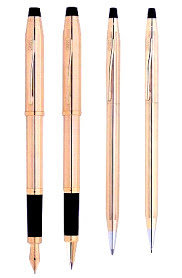Company: Cadbury's
Agency:Contract
Brand Count : 198

Cadbury's Eclairs was launched in India in 1971 and became an instant hit among adults,teens and kids alike. The brand was known for its quality and the chocolate content. It was a really soft candy. In a way Eclairs was a candy and a chocolate. Wrapped in a dark brown wrapper with golden inner wrapper, Cadbury's Eclair was synonymous with the category. This has created problem for the brand. Many local competitors imitated the packaging and the brand faced the issue of differentiating with the imitators and the fake ones.
In 1994, the brand went for a repositioning exercise with a changed content and packaging. In a bold move, the brand changed its name to DairyMilk Eclairs and drew the strength of the parent brand into it.The packaging was changed to a Purple and Gold wrapper with the Dairy Milk endorsing the Eclairs.
Eclairs was positioned on emotions. World wide the brand is known for its chocolate heart. A sign board outside the Nigerian factory reads : Sweet with Heart on the Inside". In India too, the brand is positioned as some thing close to the heart. The tagline is " Kar Do Dil Pe Jadoo" which roughly translates to " Do magic on the heart". The ads also talks about the person forgetting themselves after taking the eclairs.
2006 saw a product line extension of Eclairs. The new product is Dairy Milk Crunch which has a thick c
 aramel on the outside and the Dairy Milk Chocolate on the inside. The extension is in response to the threat faced by the brand from Alpenliebe. Cadbury with its new Crunch has taken the battle to Alpenliebe's turf in response to the new launch of Chocoliebe from Perfetti. The new Crunch is targeted at kids (9-12) and teenagers /youngsters( 15-24). The brand is making loud noise in the media and takes a energetic humour theme to drive the point.
aramel on the outside and the Dairy Milk Chocolate on the inside. The extension is in response to the threat faced by the brand from Alpenliebe. Cadbury with its new Crunch has taken the battle to Alpenliebe's turf in response to the new launch of Chocoliebe from Perfetti. The new Crunch is targeted at kids (9-12) and teenagers /youngsters( 15-24). The brand is making loud noise in the media and takes a energetic humour theme to drive the point.The tagline is " Ab Ek Nahi Do Do" which translates to " Now enjoy two tastes" referring to the caramel and the chocolate.
Eclairs has so far being successful in the market and has shown growth even when the entire market had degrown. The quality and the brand equity of Cadbury's has been the driving force behind the success of Eclairs because the company has not invested much on this brand during the last 5-6 years compared to Dairy Milk. The brand has now risen up to the challenge posed by the competitors and Crunch is a brand to watch for.
source: Cadburyindia.com,agencyfaqs,










